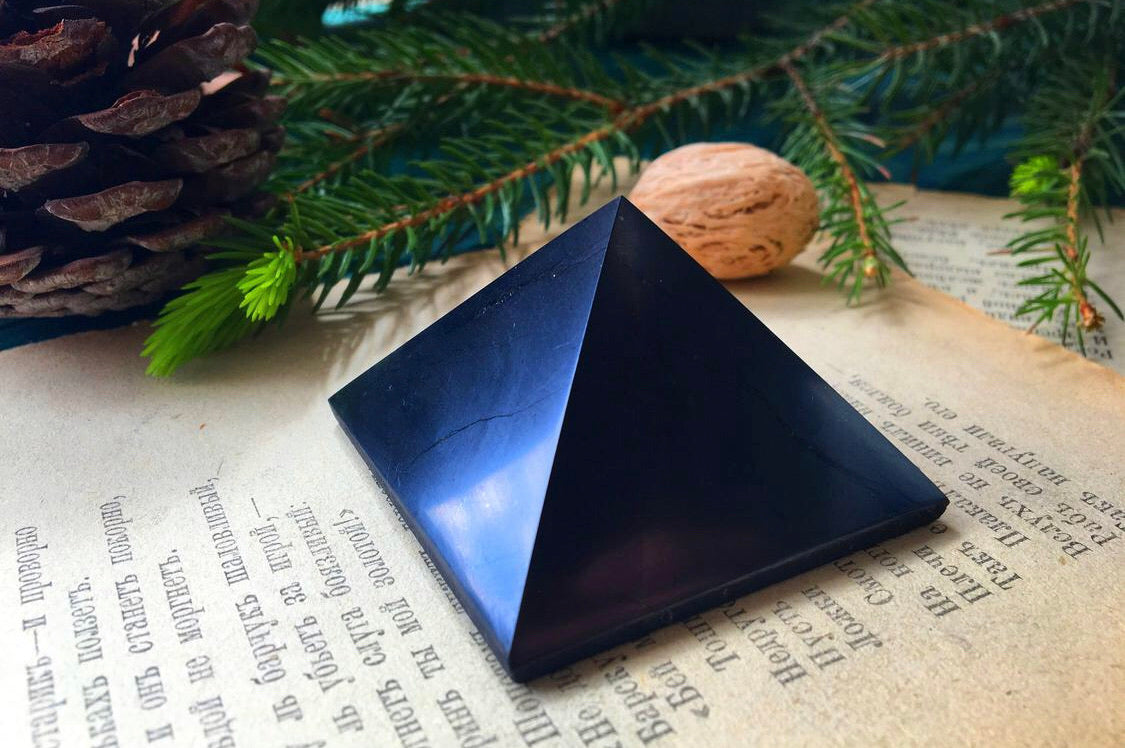FunkyNChunky - Everyday
Shungite pyramid
Shungite pyramid
Couldn't load pickup availability
Shungite pyramid
30 mm (1.18 inches)
Shungite pyramids | EMF Protection |Natural crystal pyramid|Orgonite healing pyramid|Authentic shungite figure|Chakra and reiki
ABOUT SHUNGITE
For those who hear this word for the first time, schungite is a mineral, 40-99% consisting of carbon (the percentage of carbon depends on the type of shungite). Outwardly it is very similar to anthracite (glance-coal). However, unlike this valuable coal type, shungite does not burn under normal conditions. For this reason this mineral for a long time has not been used for practical applications and has not been considered as great value mineral. Today in the whole world there is only one large shungite deposit known. It is located in Karelia (by the way, the stone bears the name of Shunga village, where its deposits were firstly discovered). In addition, in small quantities this fossil was also found in Kazakhstan and the North Caucasus.
Do you know this? Most scientists attribute schungite to organic origin mineral, assuming that it was formed from bottom settlings, plankton sediments, algae and one-celled, which for millions years were pressed, dehydrated and left underground. But this point of view is not indisputable, because, as its opponents argue, the rock is so ancient that by the time of its formation life did not exist on the Earth. Some scientists attribute shungite to volcanic origin, others even believe that the stone came to us from outer space (probably as a result of the meteorite fall).
Shungite (in Rus’ it was called "slate stone") is usually black, sometimes gray or brown. It is very easy to be splitted into parts. Saying that shungite does not burn would be wrong: for this process special conditions are needed. Dissolving in the combustion process slag envelops stone surface, and combustion without access to oxygen ceases. In this case, mineral has the property of inhibiting oxidative reactions; thanks to this shungite is an excellent antioxidant.
Share



